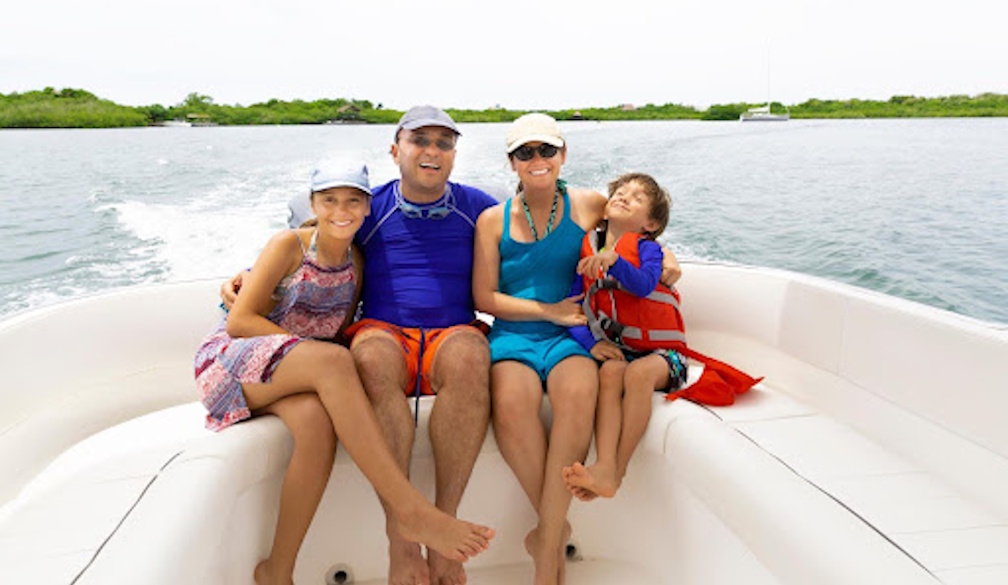Creating an RPL Evidence Portfolio like a PRO

Recognition of Prior Learning (RPL) is the next step in pursuing additional qualifications, whether you want to pursue a new career, move up the ladder, or just build confidence. It can give you a competitive edge in a difficult job market, and a strong portfolio is key to increasing your chances of success.
What Should Be in Your Portfolio
If you want to succeed in your RPL application, your portfolio must align with the targeted qualification. What are the required skills? What knowledge do you need to have? These competency units or learning outcomes must be evidenced in your portfolio.
As an example, if you want to complete a certificate in IT networking, you need to show evidence of your abilities to manage network security, troubleshoot issues, and install and configure devices.
Take time to get to know the core competencies of your desired certificate, how that aligns with your existing skills, and the evidence you have of your work.
Good Evidence
Your evidence must be relevant to your targeted qualification, whether it's a formal certification, work-based evidence, or a credit transfer.
- Professional certifications
Any relevant professional certifications that support your application.
- Workplace documents
Letters from your employer, job descriptions that outline the skills and responsibilities of your role, and documentation to detail your involvement in a project.
- Additional Evidence
Include your resume, performance evaluations, project summaries, and letters from colleagues or clients. You can include personal projects, samples, or demonstrations that support your targeted certification.
Only use evidence more than five years old if you can show how you have built on it or kept it up to date.
Creating the Portfolio
The key to success is to carefully tailor your evidence to align with the requirements of your desired certification. You must show your competency. Now that you have your evidence, you need to lay it out logically so it's easy for an assessor to review.
You can either lay it out chronologically, or you could group your evidence by areas of relevance. Resist the temptation to use jargon; use clear language and include a brief description of each piece of evidence and how it links to your targeted qualification.
Include a title page, table of contents, your name and contact information, a summary of each relevant qualification, and if required, appendices with certifications and written evidence.
If you want to build your RPL Evidence Portfolio like a pro, you can learn more here.




